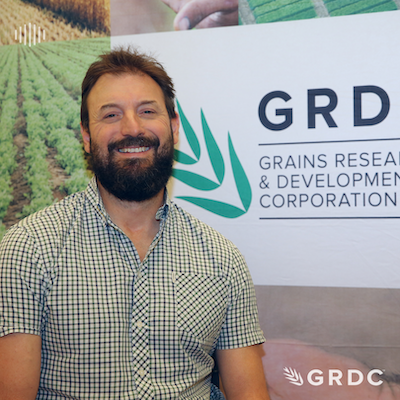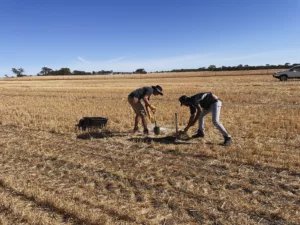AGGREGATE: NEWS & EVENTS
New research reveals climate and soil drivers of wheat response to phosphorus fertiliser

Updating knowledge for an evolving cropping region
KEY POINTS
- DGT-P can be used to identify P responsive soils where PBI > 50
- The factors driving yield response to P on soils with PBI < 50 appear to have shifted from soil P level to those which affect the availability of stored soil P, which includes rainfall before sowing and soil pH.
- Rainfall before sowing and soil pH (0-10 cm) above should be included with those factors currently used when making phosphorus fertiliser decisions.

Agriculture in south-west Western Australia has a long history of phosphorus fertiliser application, but although it is widely used, much of the current knowledge base used to support the use of phosphorus fertiliser in WA is derived from cropping systems that differ considerably to those of today.
The long-term adoption of no-tillage alongside big changes in land use, namely the decline in pasture area in favour of cropping paddocks and a decrease in legumes, make it timely to revisit what is driving the response to phosphorus in our modern farming systems.
Dr Craig Scanlan, a senior research scientist at the WA Department of Primary Industries and Regional Development (DPIRD), is leading a project focussed on updating crop nutrition knowledge, including phosphorus.
“This is the first time we’ve been able to create a really in-depth dataset that brings together both soil properties and climate factors to dig deeper into what is driving the response wheat has to phosphorus fertiliser, and it means advisors and growers can have more confidence in their decision making and profitability.”
Dr Craig Scanlan
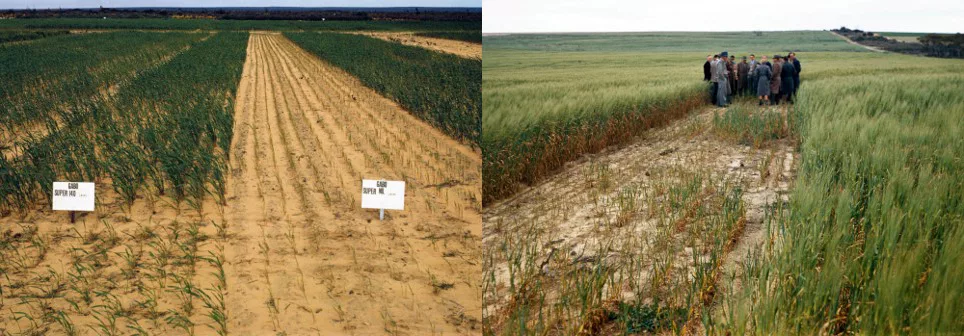
A result of working better together
Forty field experiments were set up and monitored over four years as a public-private partnership as part of a major GRDC investment in crop nutrition through the SoilsWest alliance, which brought together DPIRD, Murdoch University, the University of Western Australia, Curtin University, Summit Fertilisers, and CSBP, alongside growers who participated in the trials.
Dr Scanlan said these partnerships is what made the scale and speed of the work possible and helped facilitate the relationships needed to bring the research to reality.
“This kind of collaboration allowed us to achieve coverage of the whole wheatbelt, including the north-south and east-west gradients of soil type, rainfall, and yield potential.
“It’s thanks to this level of investment and support from growers with industry that we can be really confident in the results we’re seeing.”
Each trial site had the same design and sampling protocol. Crucially, the inclusion of climate measurements was a valuable new dimension to the analysis in comparison to a previous research.
Dr Scanlan and others on the team applied a suite of analysis tactics to untangle which soil or climate factors were influencing the response of wheat to phosphorus, and how these factors might interact with each other.
"Because we wanted to investigate the role of climate we applied a novel analysis technique called the ‘sliding window approach’ that was initially developed for ecology research, which gave us much more insight into what was really going on.
We were able to look at the influence of soil properties on their own, and climate properties on their own, and then finally how soil and climate interact to drive different levels of crop response.”Dr Craig Scanlan
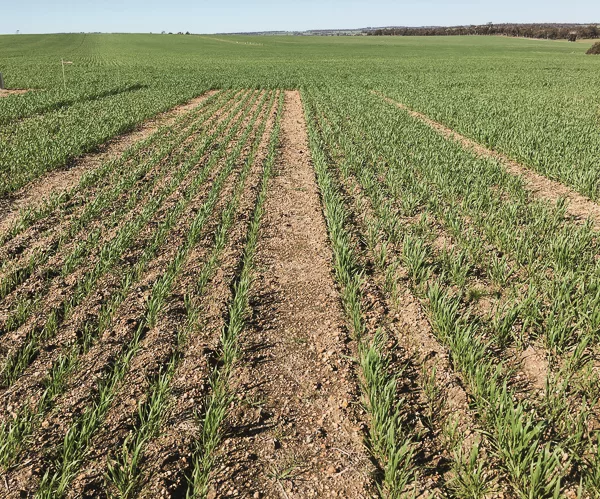
Digging deep into what is driving response
Dr Scanlan and the project team found that phosphorus buffering index (PBI) determined which properties affected the wheat response to P fertiliser.
What is PBI (Phosphorus Buffering Index)?
What is PBI?
PBI is a measure of a soil’s ability to absorb or release phosphorus. The higher a soil’s PBI, the quicker and more strongly phosphorus will bind to its soil particles. This stronger binding means there is less phosphorus available for the growing crop.
A soil’s PBI is related to two main factors:
- Texture: Smaller soil particles create a larger surface area, such as in clay soil. A larger surface area means there are more sites that phosphorus can bind to, and therefore have a higher PBI value.
- Composition: The chemical structure and charge of compounds in the soil, such as iron oxides, affects how strongly phosphorus is able bind to soil particles.
In WA, lighter or sandy soils typically have a lower PBI, meaning there is more phosphorus available for the crop to access, and as a result a lower level of soil phosphorus is required to meet crop demand.
A PBI value of 50 marked a key threshold at which different factors were driving the response to phosphorus fertiliser at different sides of this threshold.
On soil with a PBI greater than 50, the wheat yield response was most closely related to a soil chemical property; DGT-P.
Where the PBI values was less than 50, the crop response to phosphorus fertiliser was driven by climate and soil acidity, measured by pH.
The climate influence was rainfall, and specifically the amount of rainfall in the period of five to two weeks prior to sowing. If less than 8mm of rain hit the paddock in this period, a larger crop response to phosphorus fertiliser was seen at harvest.
If rainfall was greater than 8mm in the five to two weeks before sowing, the crop response was weaker, and soil pH became an important factor.
“When there was a wetter start to the season before the crop went in, we found a relationship with rainfall and soil acidity. If soil pH was less than 5.1, the yield response was greater than if soil pH was higher than 5.1,” says Dr Scanlan.
What is DGT-P?
What is DGT-P?
Diffusive Gradients in Thin-films (DGT) is a technique to measure soil phosphorus by mimicking the action of plant roots. In a DGT-P test, an iron oxide gel disc is placed on a soil sample. This gel binds phosphorus in forms that are able to diffuse through the soil solution, and the amount of phosphorus that is bound to the gel is measured.
This type of test has the advantage in that the value is determined by the soil properties that influence phosphorus availability, eliminating the need to test for a second correcting factor such as PBI with Colwell P. The Colwell P test also measures plant-available phosphorus. It extracts soil from a solution and the soil is then acidified and measured for phosphorus. Colwell P isn’t directly associated a soil’s ability to bind phosphorus, and so must be interpreted in associated with PBI. However, this can overestimate available phosphorus on certain soil types.
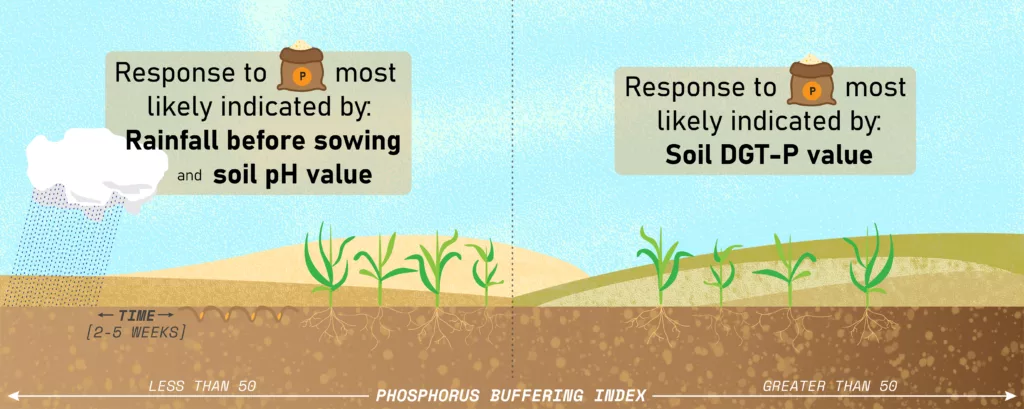
Bringing it back to the bottom line
Dr Scanlan said one of the key benefits of this research is the inclusion of economic analysis.
“By developing this research we can much better understand managing phosphorus for profitability. The recent price spikes in phosphorus fertiliser products have made determining the optimal rate important and front-of-mind for a lot of WA farming businesses.
“We’re seeing that the biggest influence on optimal rate is the level of yield response to phosphorus fertiliser.
“At the higher end of yield responses, in the realm of greater than one tonne per hectare response, the optimal rate is relatively insensitive to the price of fertiliser. However, at lower response levels of less than 250kg per hectare, the optimal rate is much more price sensitive.”
How does the price of phosphorus fertiliser influence net return in wheat?
Despite discovering that other climate and soil properties like DGT-P were closely related to the response to phosphorus fertiliser, there were still some scenarios where Colwell P remained an important component of the toolkit growers and advisors can use when making fertiliser decisions.
“On soils with a PBI of less than 20, which is that very low range, we found good calibrations of yield response and soil Colwell P value when sampling 0-30cm of soil,” says Dr Scanlan.
Dr Scanlan said he hoped more research on phosphorus would be able to build on the new knowledge generated from this four-year trial.
“Future research on phosphorus needs to continue to take climate into account so we can better quantify risk from a grower perspective.”
Dr Craig Scanlan
You can access more information and data analysis from this research in the GRDC Update Paper and peer-reviewed scientific article which will be published soon.
This research is part of the GRDC project ‘Increasing profit from N, P and K fertiliser inputs into the evolving cropping sequences in the Western Region (UMU1801-006RTX)’ and is supported through the SoilsWest alliance by DPIRD, Murdoch University, University of Western Australia, Curtin University, University of Adelaide, CSBP, and Summit Fertilisers.
Contact: Craig Scanlan, Senior Research Scientist, DPIRD and Honorary Research Fellow, Murdoch University. Email: craig.scanlan@dpird.wa.gov.au
GRDC Podcast: Yield response to P fertiliser
GRDC caught up with Senior Research Scientist Craig Scanlan about...
Read MoreGroundCover: New knowledge to tap residual soil phosphorus
Unlocking legacy phosphorus may be a key to improved sustainability...
Read MoreCurrent projects
MORE STORIES
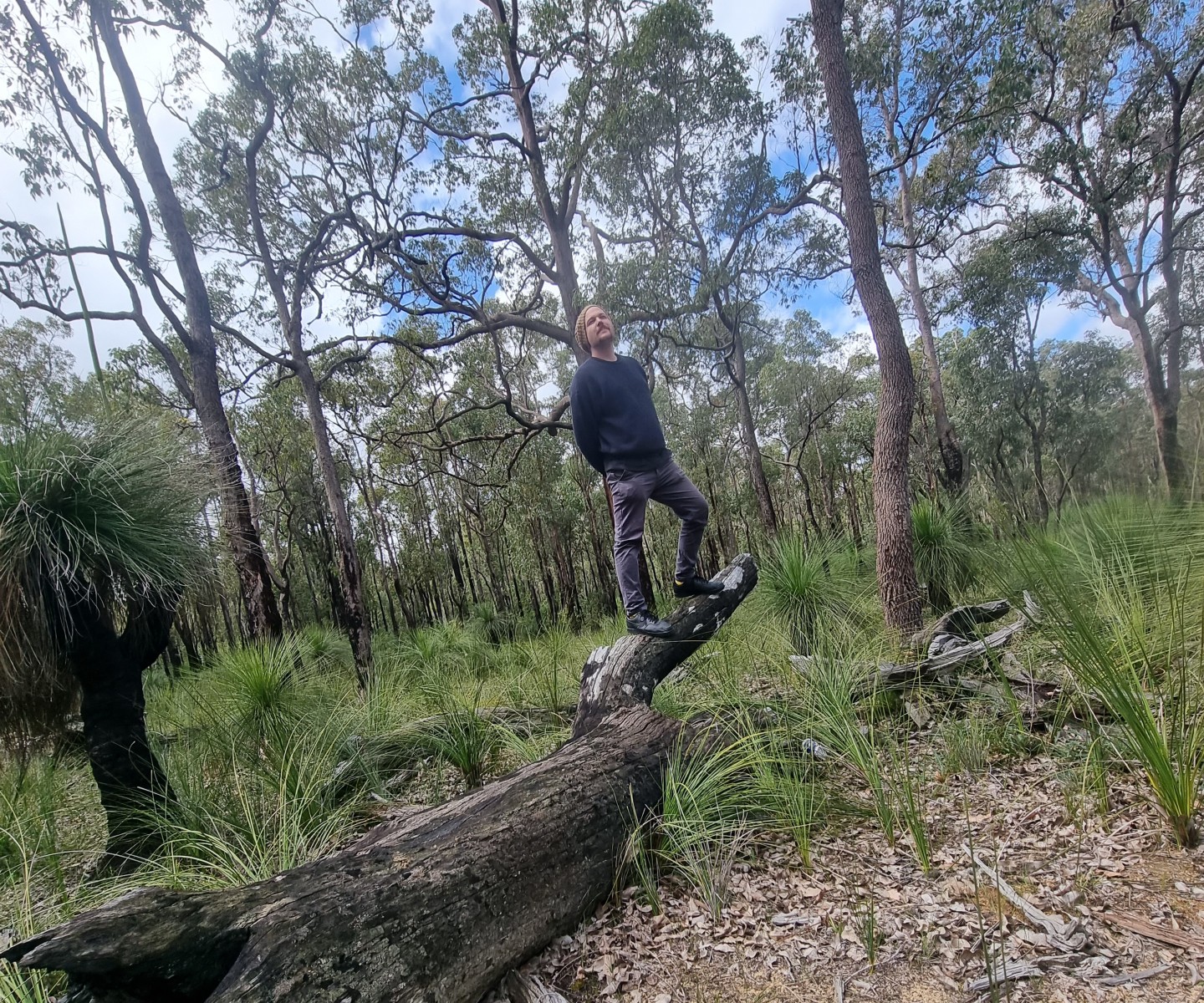
Introducing Steve, Science Communications Coordinator
Steve Lavell recently joined SoilsWest as the Science Communications Coordinator.

Meet Bridget, our new Regional Soil Coordinator
Briget Watkins was recently appointed as the Southwest WA Drought Resilience and Innovation Hub Regional Soil Coordinator at SoilsWest, Murdoch University.

Agriculture students: Attend the first day of the GRDC Grains Research Update FREE
The free ebook Soil Quality: 10 Plant Nutrition is an interactive, evidence-based resource to better understand and manage crop and pasture nutrition.

New soil knowledge website now online
The free ebook Soil Quality: 10 Plant Nutrition is an interactive, evidence-based resource to better understand and manage crop and pasture nutrition.


